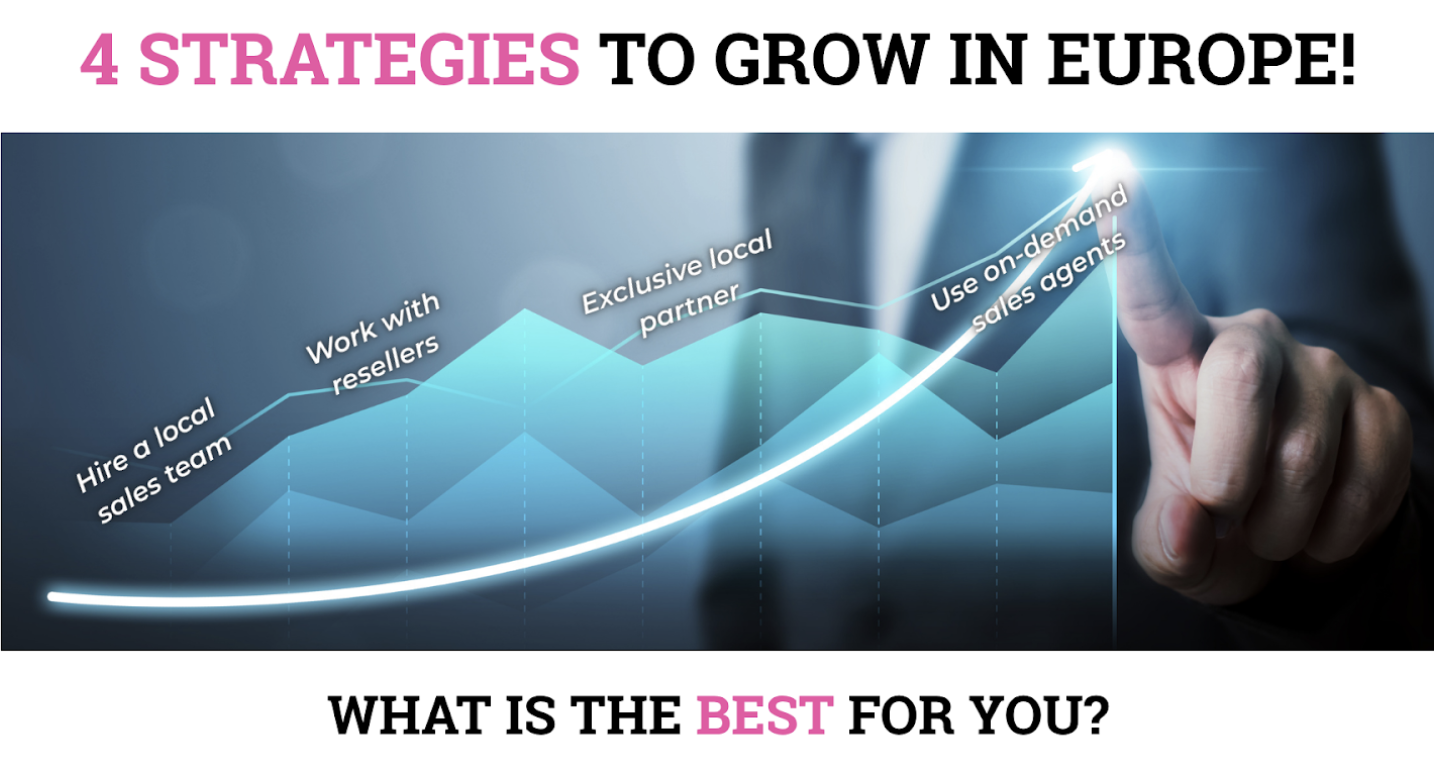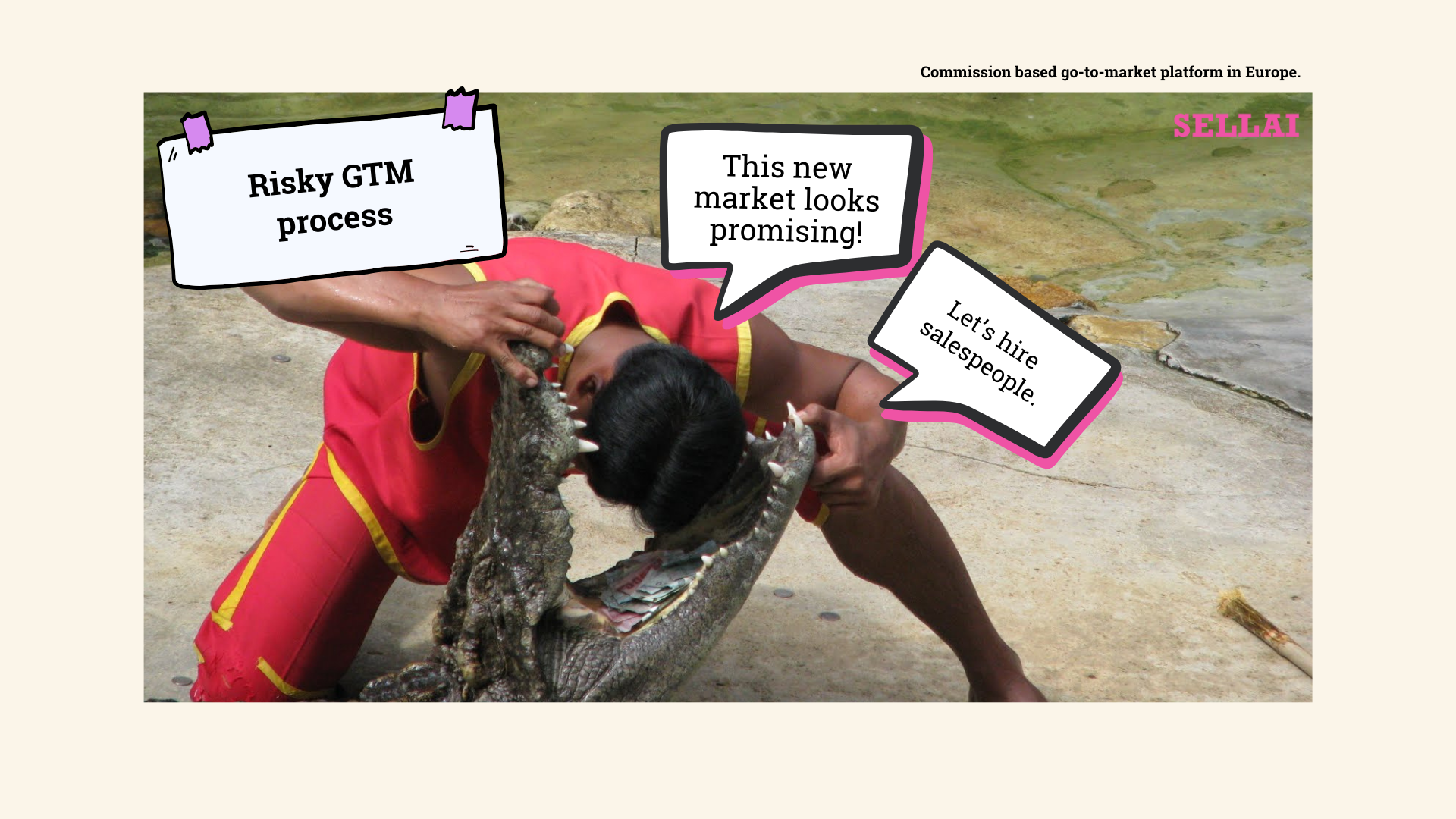Expanding into a new market is an exciting step for any business, especially when aiming at the fragmented European landscape. However, one important factor often separates the companies that merely enter these markets from those that truly succeed: localization. In today's global business environment, it's not just about what you sell, but how you sell it—and what language you’re speaking.
The Value of Localization
Localization is more than translation: it’s about understanding the details of culture, communication, and making decisions that drive local buyers.
B2B buyers are willing to:
- Pay 30% more for products in their local language
- 40% of buyers avoid purchasing if discussions are in English
- 73% prefer local language content especially in group decision making

Can You Sell to the Nordics in English?
Take the Nordics as an example. Swedes and Danes are known for their impressive English skills, so it might seem logical to conduct your sales efforts in English. But here’s the catch: even for a highly skilled audience, selling in English creates difficulty in the making decisions process. Nordic business leaders may be fluent, but when it comes to making important decisions, they prefer the comfort of their native tongue—especially when the decision is made by a group.
Imagine presenting to a boardroom where each member has different comfort levels with English. Even if they are technically fluent, the discussion and debate are likely happening in their native language, not English. This can make some participants feel uneasy, and uncomfortable to take part in discussion. This ultimately creates hesitation in closing the deal.

The Benefits of Localizing Your Sales Strategy
To effectively enter the European market, accepting localization isn't just a nice-to-have—it's a powerful driver of business success. Here are some strong reasons why adapting your sales approach is worth it:
- 📈 Expand Your Target Group by 40%: Localizing your messaging allows you to reach a broader audience that might otherwise feel excluded by English-only content. Removing the language barrier expands your pool of potential buyers by up to 40%.
- 📈 Increase Conversion Rates by Over 75%: A localized sales strategy shows buyers that you understand their specific context, which significantly boosts trust and appeal. Tailoring your content and approach to local preferences can drive conversion rates up by more than 75%.
- 📉 Lower Customer Acquisition Cost (CAC) by 25%: Speaking your customer’s language can make your sales process not only smoother but also more cost-efficient. By connecting better with your target market, you can reduce the time and resources spent converting leads, effectively lowering your CAC by 25%.
What to Localize and How to Do It
- Website: Use AI tools to write local text quickly and check it with a local copywriter.
- Marketing Materials: Translate and change marketing material to fit local customs.
- Product Information: Make sure product details, specs, and descriptions are in the local language so customers understand better.
- Customer Support: Give support in the local language to make customers happier. There are plenty of AI features in customer support tools like Intercom for this as well.
- Social Media: Create local content to connect better with the local audience.
- Local Sales Work: Use Sellai or other local representatives who understand the local market and culture.
Start Winning Locally
Whether you’re looking to expand into Finland, Sweden, Germany, or the Netherlands, localization is the key that will help you break through the barriers of language and culture to find true success. A localized approach helps you engage in more meaningful conversations, win over unsure decision-makers, and build lasting relationships in your new market.
Don't let language be an obstacle. Make localization the cornerstone of your European sales strategy, and watch your opportunities grow exponentially.





